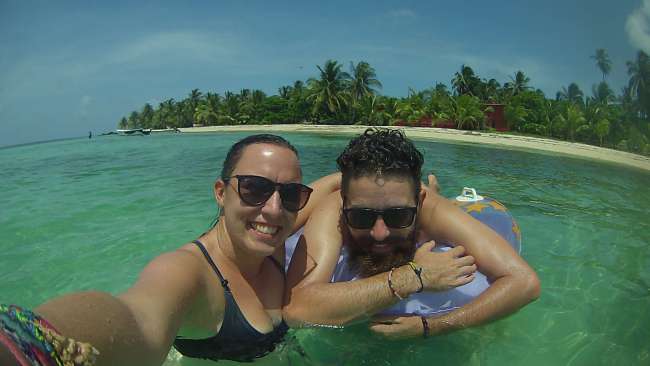
alpakaliebe
vakantio.de/alpakaliebe-tiniundtoemmiinsuedamerika
From Lima, the desert, and the most beautiful day in Tina's life!
Pibliye: 10.11.2016
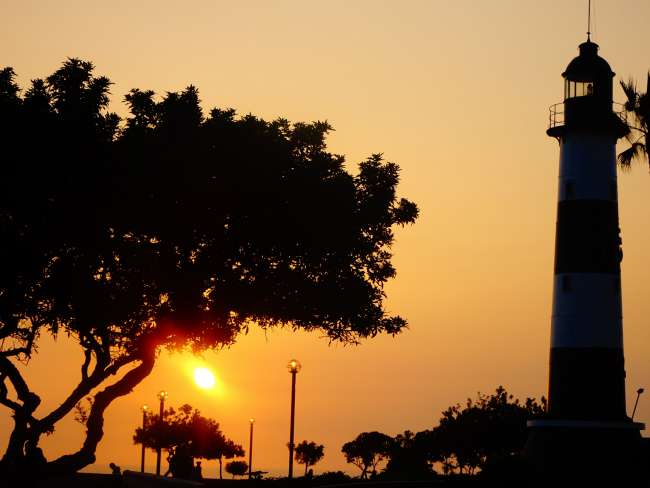
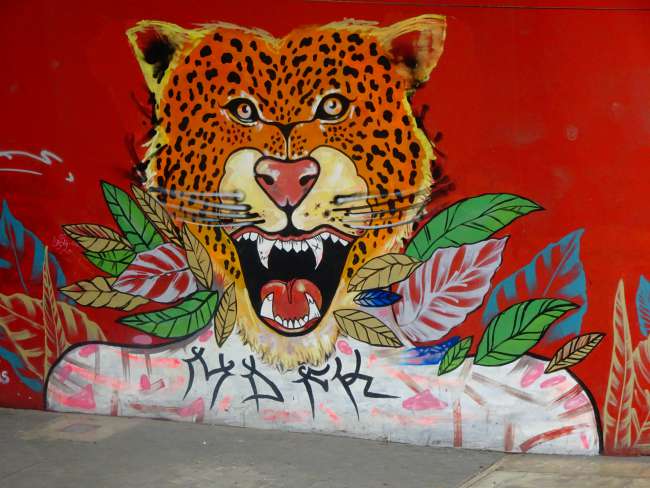
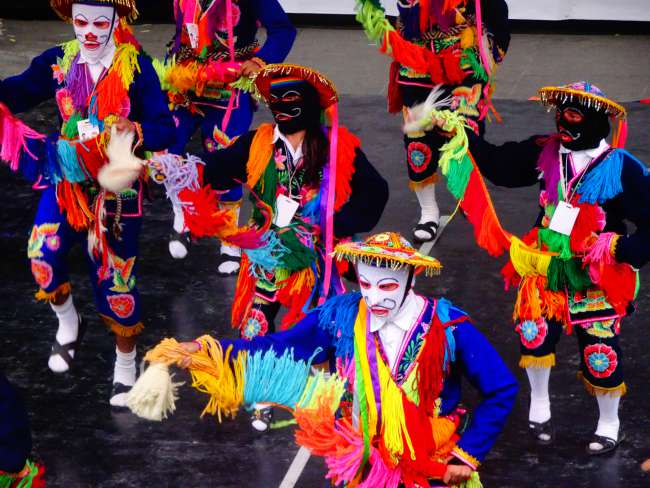
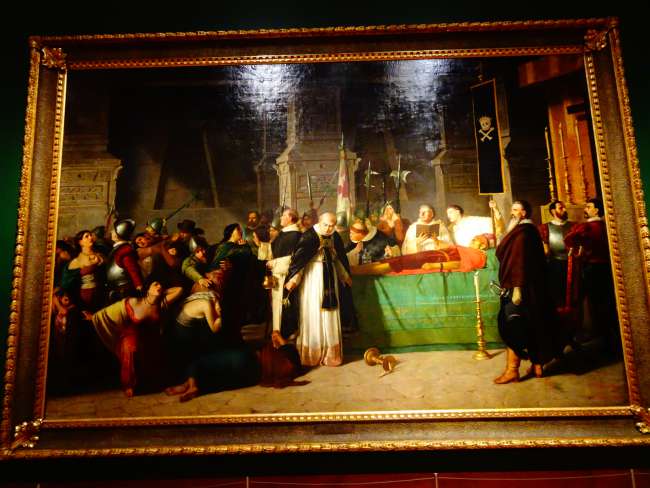
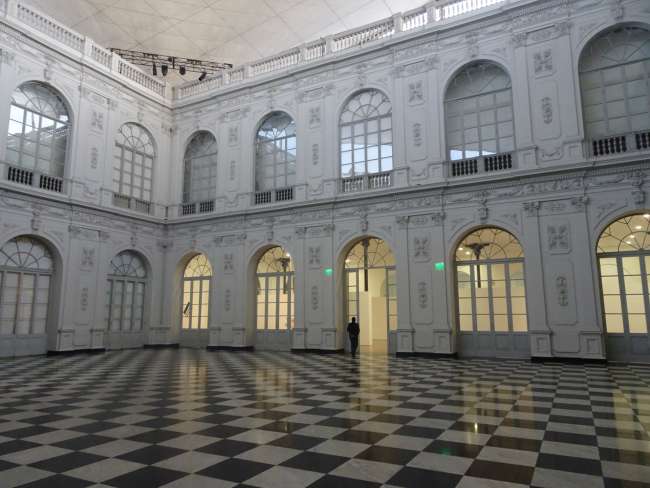
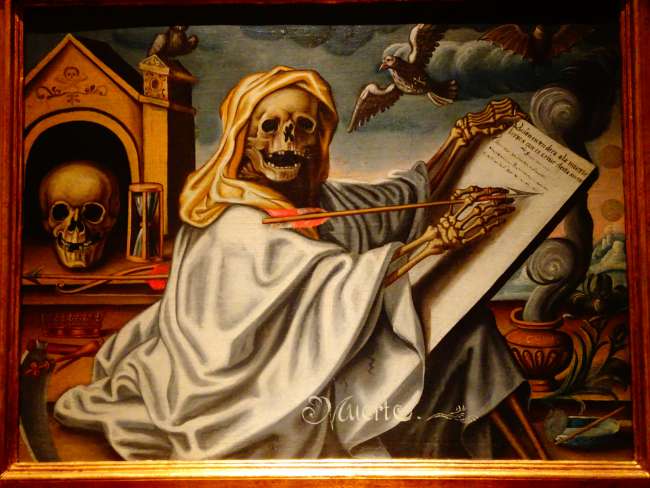
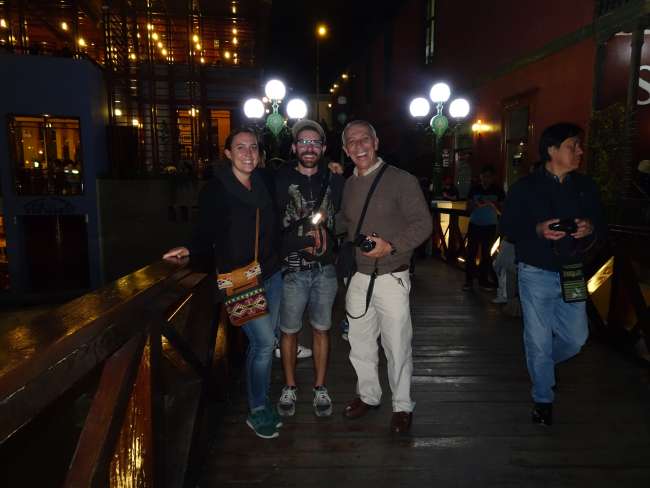
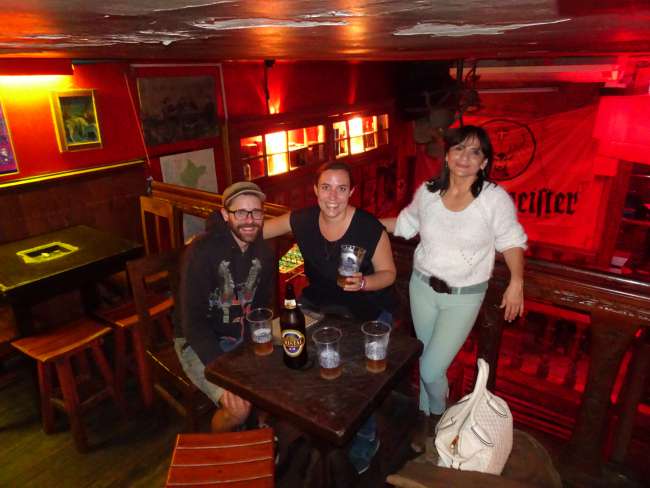
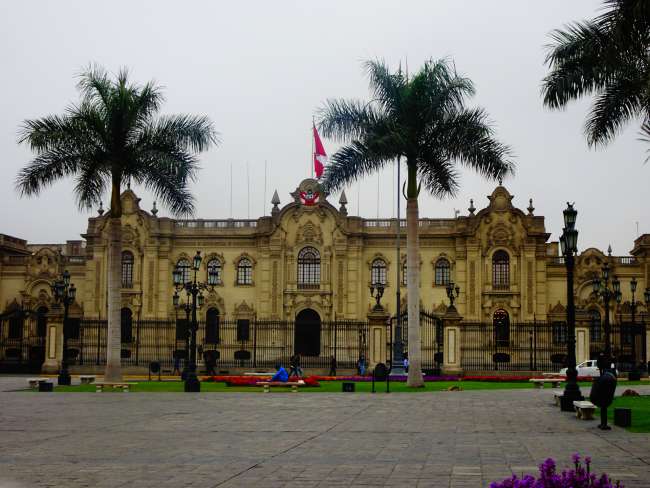
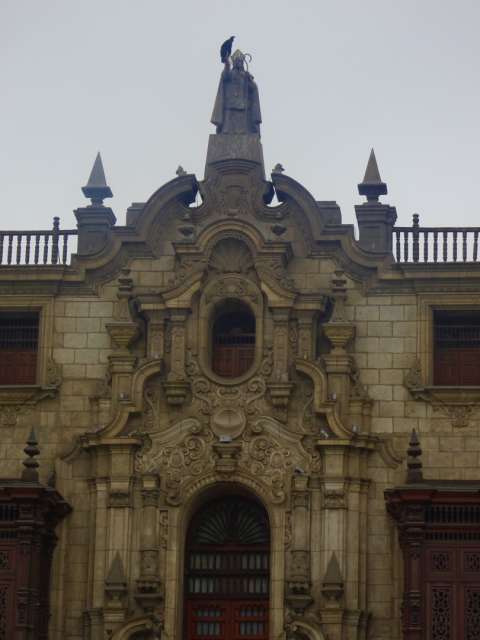
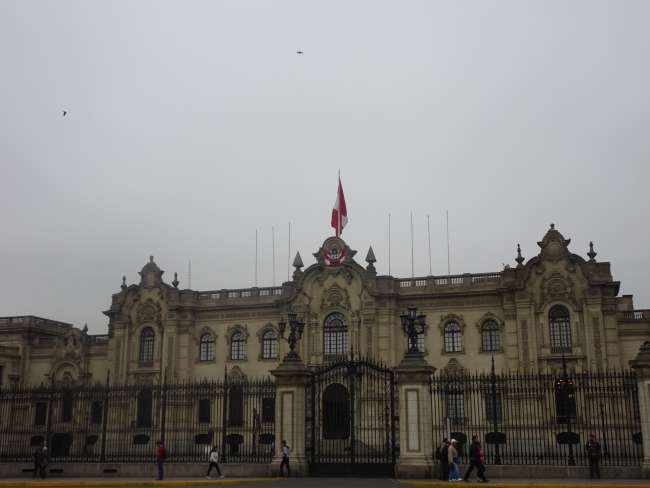
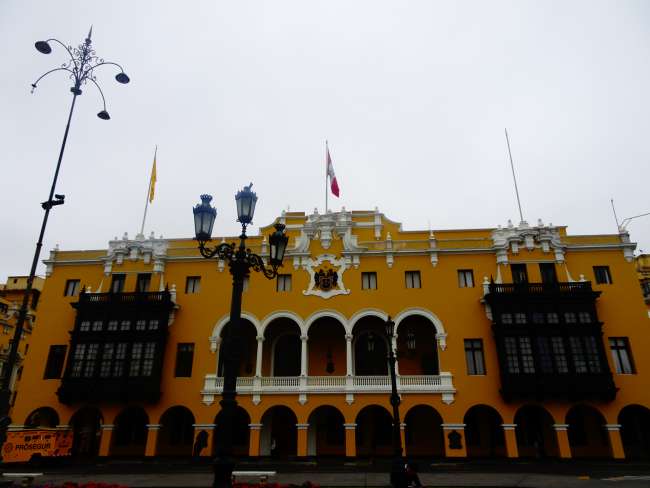
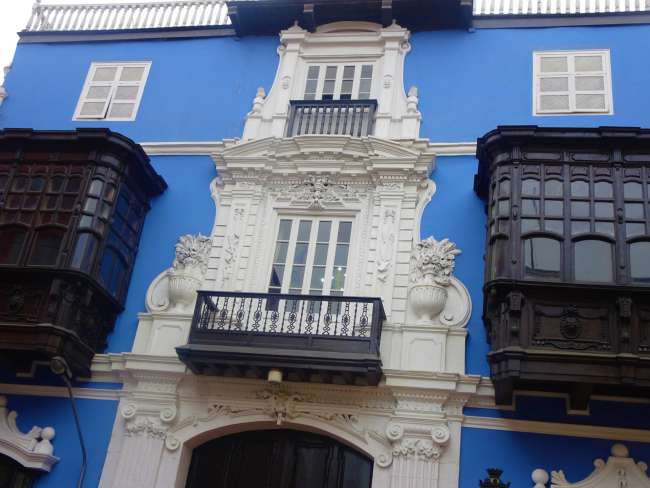
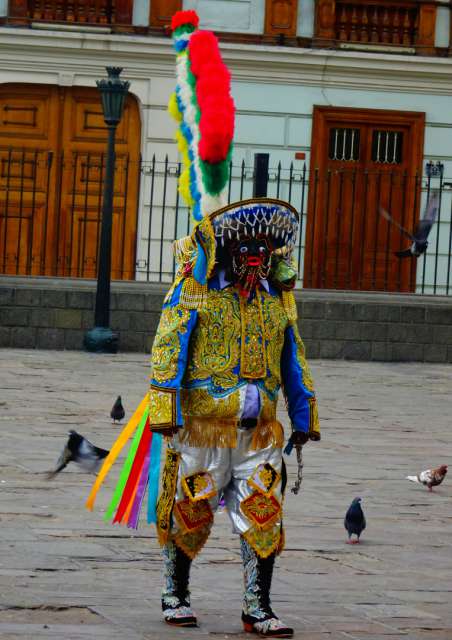
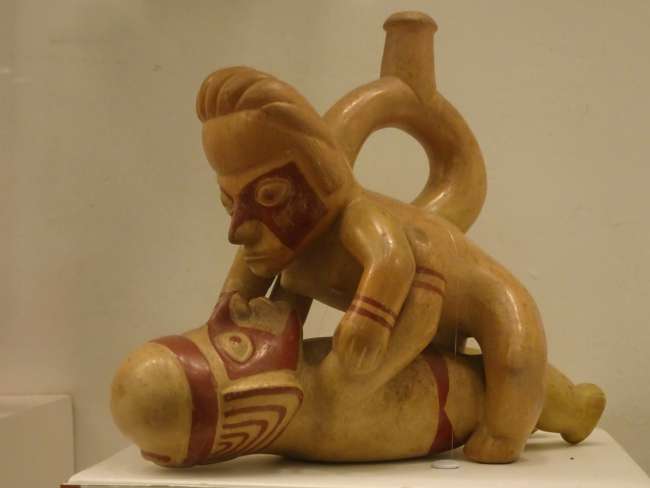
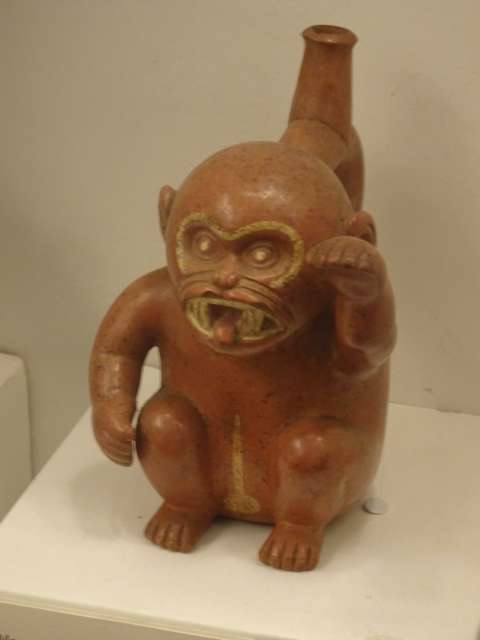
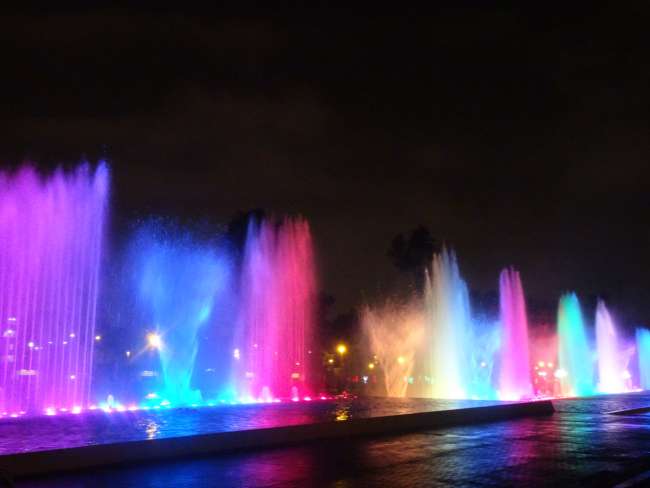
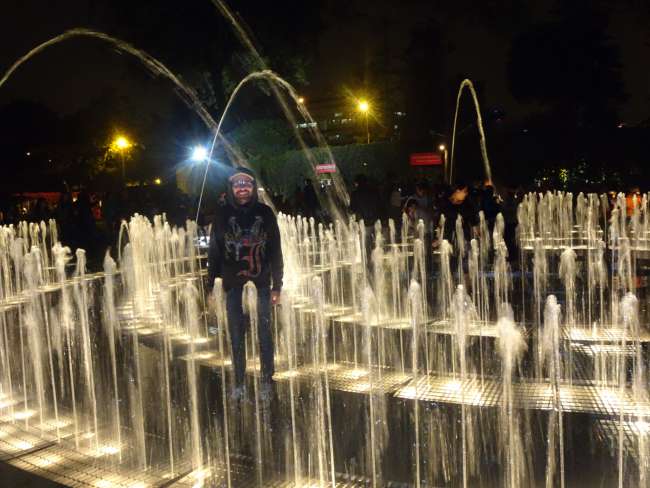
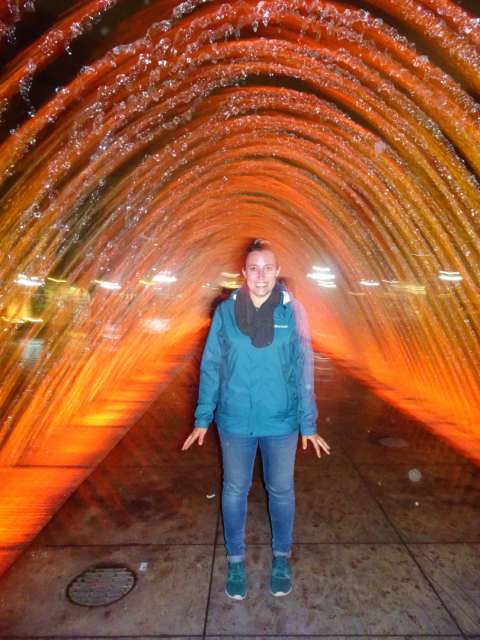
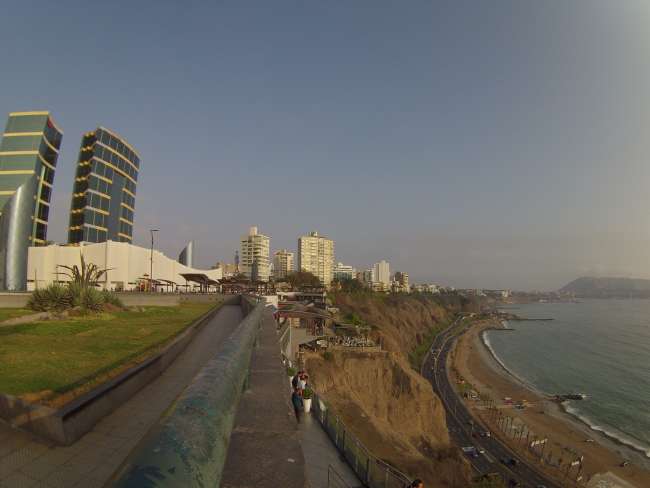
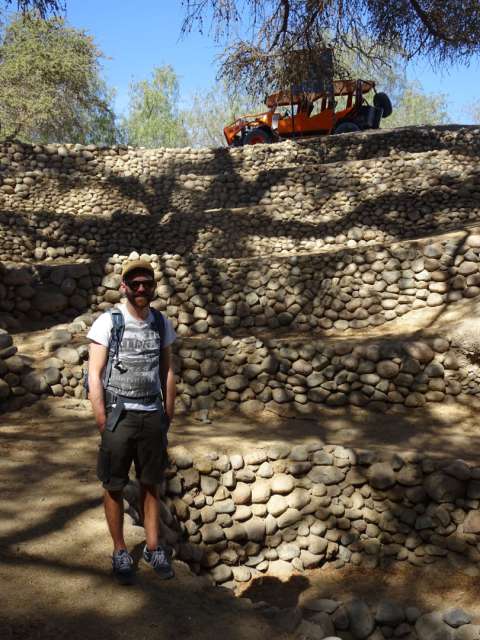
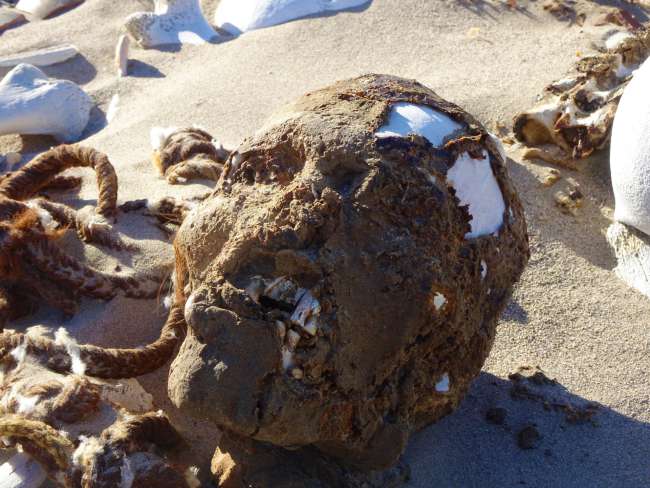
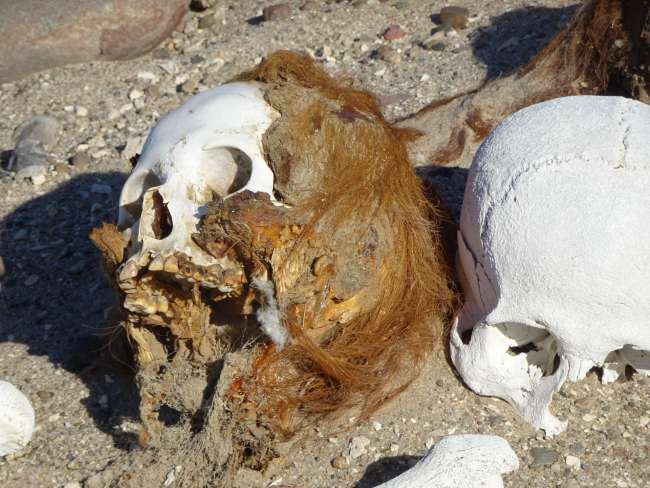
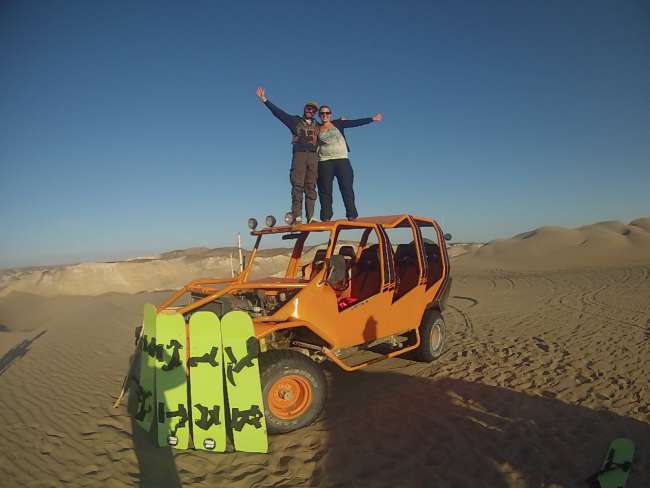
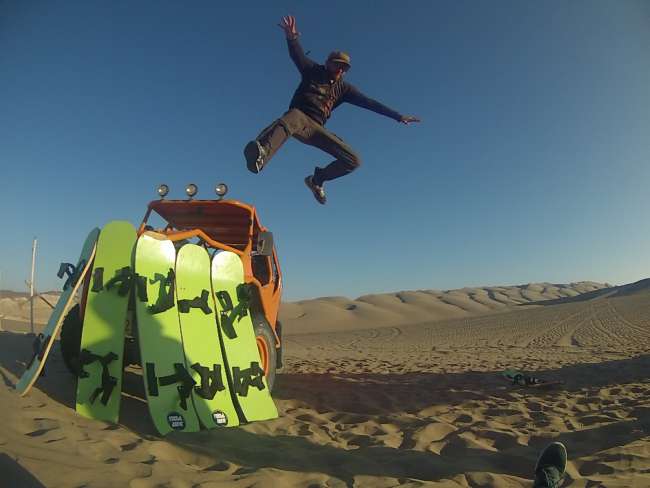
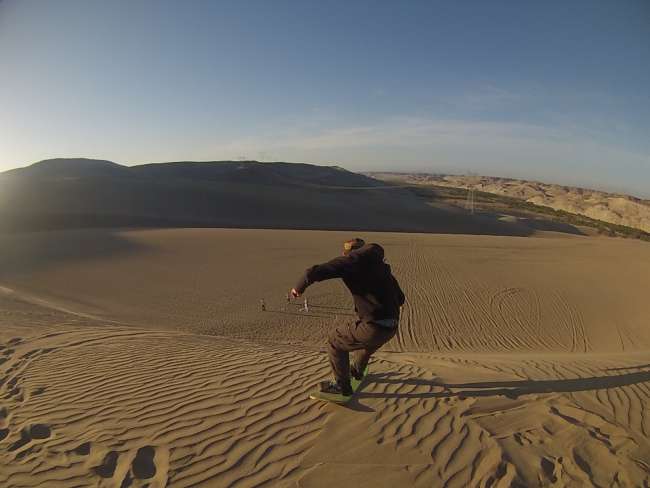
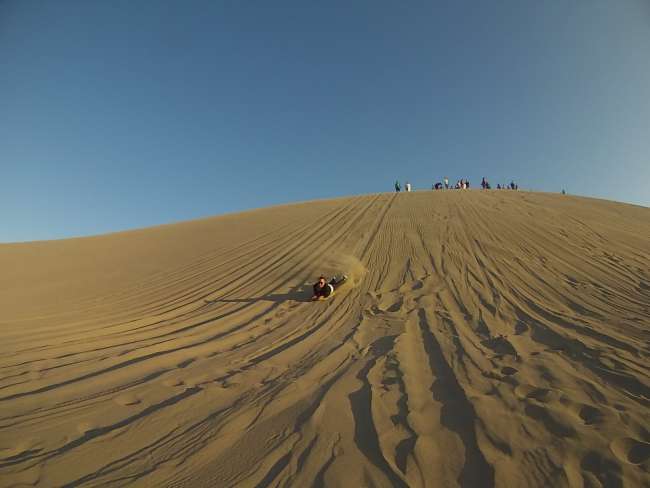
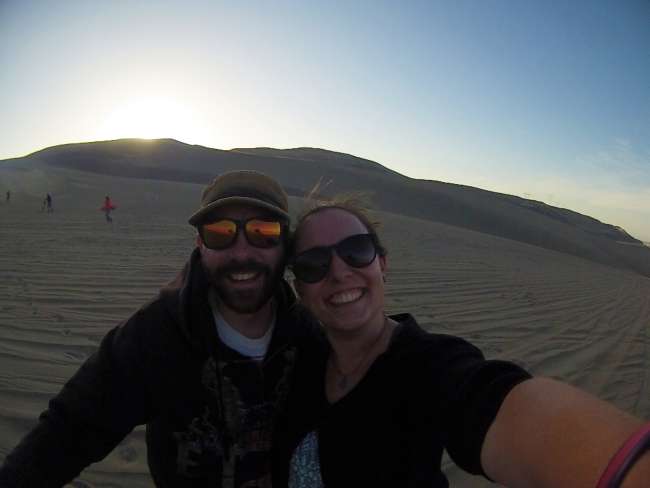
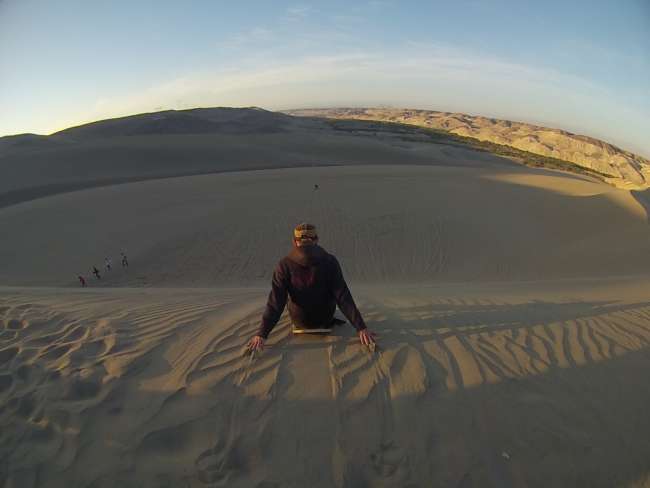
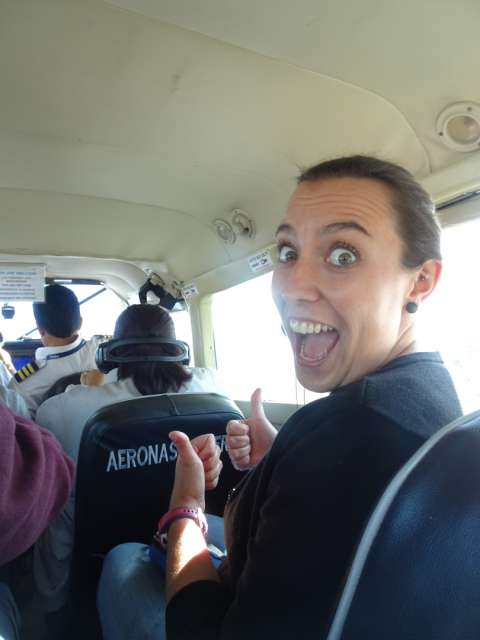
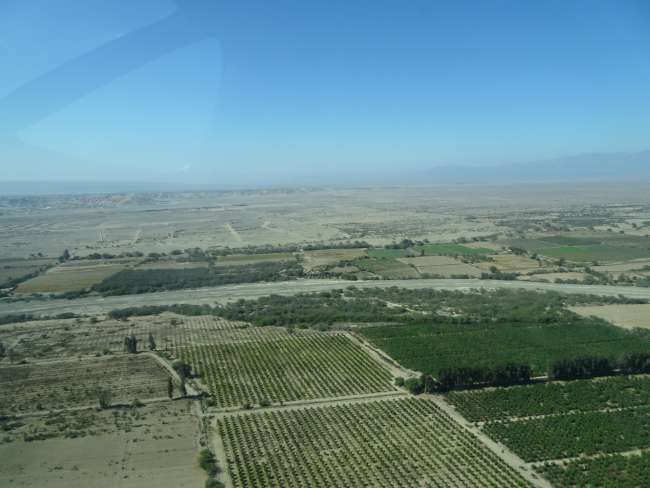
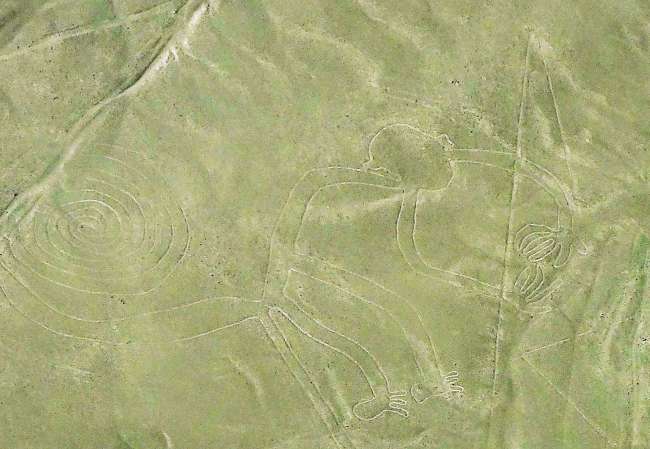
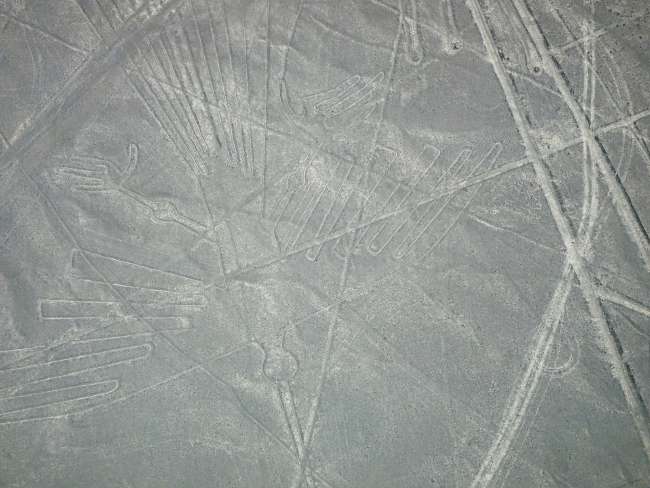
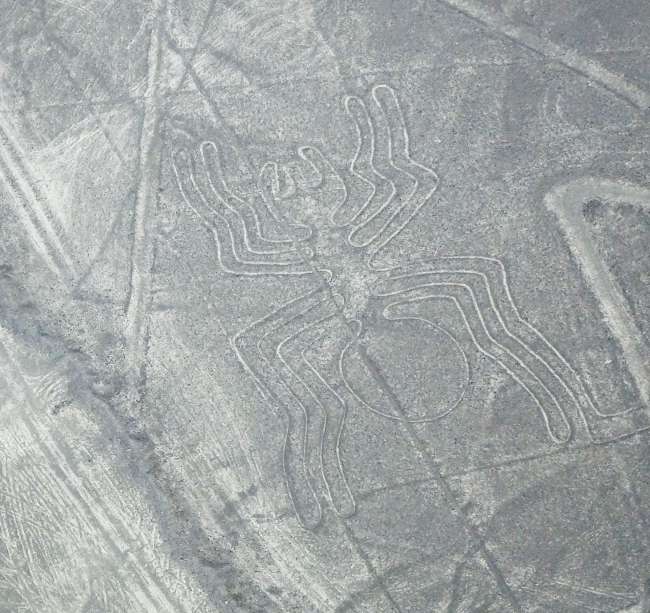
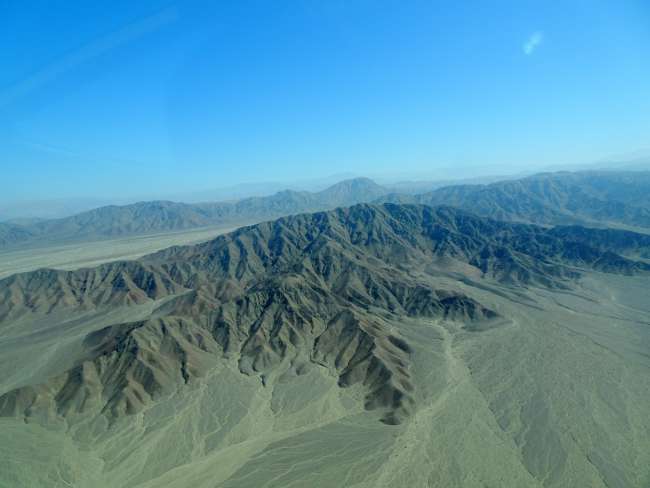
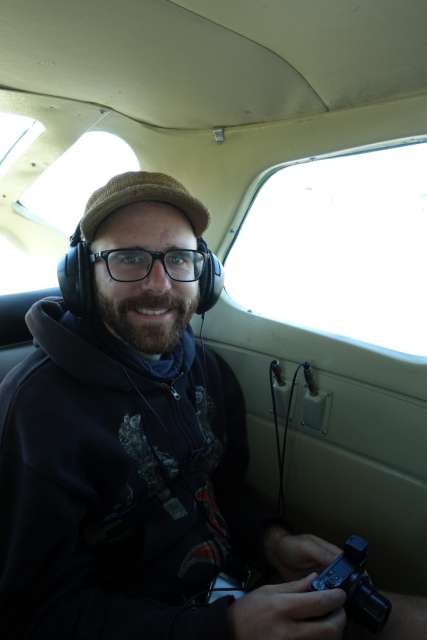
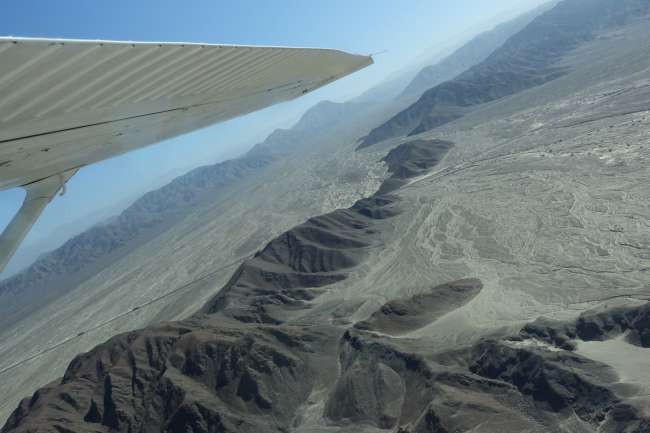
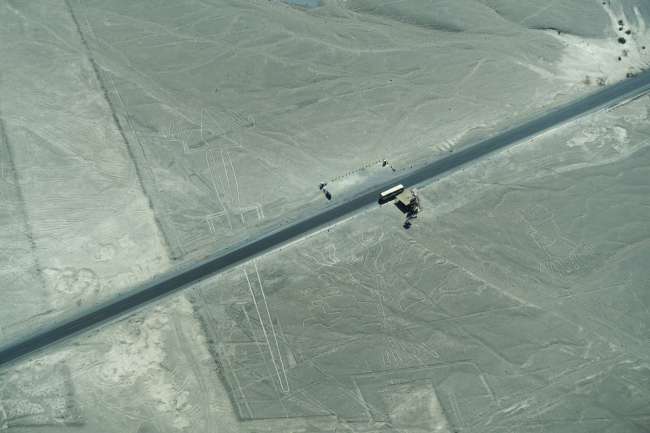
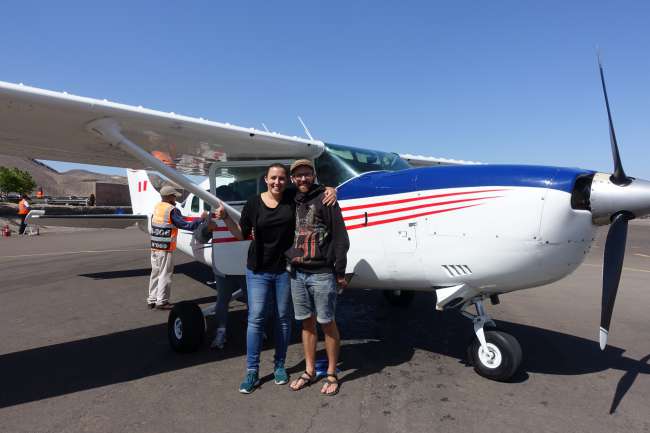
Abònman nan bilten
After our wonderful stay in Huaraz, we took the overnight bus to Lima. The capital was announced to us by our tour guides as chaotic, noisy, and dangerous, which made me feel a little uneasy as we passed the city sign early in the morning around 5 o'clock. It became clear to us how big this city with its approximately 10 million inhabitants actually is after driving through the city for over 2 hours to reach the centrally located bus station. What we saw until then was not very inviting as promised: unpainted houses with corrugated iron roofs, chaotic traffic, and everything seemed dirty. But we were quickly proven wrong because our neighborhood Barranco was a real surprise after the first exploration. Little traffic, relatively quiet, beautiful well-kept houses and parks, and here and there also wonderful old villas and colonial-style buildings. In addition, the terribly annoying car alarm systems that had been bothering us with their deafening cacophony for minutes since Quito and kept us from sleeping at night were prohibited here. On the evening of our first day, we also got to meet Ives, the father of Jean-Yves, whom I got to know and appreciate during my time in school social work. On the way to his hood Miraflores, almost an accident happened! After we took a wrong turn and couldn't continue in the desired direction along the city highway by the sea, we wondered if it would be possible to cross the 6-lane road without having to walk back up the arduous hill. But after waiting for minutes at the roadside and feeling like thousands of cars had rushed past us, I decided to turn around and tell Tina that we should rather walk back and take the safe way. Just at that moment, Tina shouted, 'Now we go!' And she ran. I followed in blind trust with a lightning start, which unfortunately was abruptly stopped after 10cm by a stone lying in the way and catapulted me ahead onto the road. Thanks to my excellent guardian angel and my sensational reaction (yes, I am not always slow), I was able to make it to the other side of the street and as consequences of this stupid action, I only had a few abrasions, a scratch on my new camera (which saved my hand upon impact), and had to endure a scolding from Tina.
Finally arriving in Miraflores, we entered a completely new world that made me believe that I had been beamed directly to Miami. Beautifully landscaped parks on the cliffs of Lima, with flashy skyscrapers and expensive shopping centers, did not match the rest of the city, which until then had seemed rather poor to me. And there at the romantic lighthouse, we finally met Ives, whom we immediately took to our hearts as an exceptionally communicative, sympathetic, and funny person. During a walk through Miraflores, he showed us his hometown and indulged his pronounced passion for photography and architecture, in which we naturally had to pose in front of the sunset and various buildings time and time again.
On the second day, we visited the historic center of Lima, which impresses with its numerous churches, the presidential palace, old colonial buildings, and beautiful parks. After a visit to the Museum of the Peruvian Central Bank with art from various cultures in Peru and a historical coin collection, we met Ives again in Miraflores. Ives is a member of a kind of exclusive sports club in Miraflores that operates two huge clubhouses and is actually only accessible to members. The night before, he had invited us to have dinner at the club in the city, where we could also catch a glimpse of an international tennis tournament. But on this afternoon, we got to enjoy the beach club right by the sea. While Ives played a squash match with his local buddies, we enjoyed ourselves by the pool with excellent ceviche and other delicacies. At the end of the day, we took a trip to the fountains in Parque de la Reserva, which surpass the fountains in Barcelona by far. Countless different fountains are illuminated in colorful lights here, and as a highlight, there is a fantastic laser show with typical Peruvian motifs at the largest fountain, accompanied by panpipe melodies.
On the last day of our stay in Lima, we visited the Museum of Art, which is known for its outstanding modern art exhibitions. Unfortunately, we had a little bad luck because this uncultured person found the special exhibition a bit too daring, as the exhibits could also come from myself – and anyone who has seen a picture of me knows that no one wants to see that ;-). Nevertheless, the visit was worthwhile because the museum exhibits the fantastic painting 'The Burial of the Inca Atahualpa' by Luis Montero, which impressed us a lot. By chance, there was also a South American youth competition for traditional dances next to the museum, where we saw very beautiful dances with traditional clothing. In the evening, we met Ives and his girlfriend Patrizia again for the birthday fiesta of the Barranco district, enjoying the atmosphere of the great neighborhood and having a fantastic (in the truest sense of the word) farewell beer with our dear friend in a crazy club.Shortly before continuing to Nazca, we were able to lighten Tina's suitcase by a few pieces of clothing that no longer fit in her backpack due to her pronounced inclination for shopping. We hope that the children from the children's home, which has been supported by my brother Daniel's community for a long time, will enjoy them a little. Unfortunately, we could not visit the home ourselves as we were a bit pressed for time and all the locals advised against going to that dangerous neighborhood.
Already on the way to Nazca, the landscape was characterized by desert. We had no idea in advance that Peru consists of large parts of desert landscape. But here in the surroundings of Nazca, you really feel like you're in Egypt. Steep mountains and sand as far as the eye can see. At first glance, Nazca itself is not particularly beautiful. The typical unfinished brick houses, corrugated iron roofs, and hardly any color. Plants only grow to a limited extent where there is irrigation, and overall, everything appears somewhat bleak due to the inhospitable conditions. However, we were greeted warmly at our family-run hostel, which impressed us with a nice quiet room, great breakfast, and incredibly friendly people. Grandma, parents, and children were always ready to help and pamper us – it was really cozy. In general, the people in Nazca were very friendly, and we were glad to be able to slow down for a while.
On the second day, we booked a trip to sandboarding, which Tina had longed for. At 2 o'clock in the afternoon, we were picked up from the hostel by a sand buggy and first drove leisurely on the road towards the desert. Once there, we were allowed to take a look at ancient aqueducts from the Nazca period, which were built spirally into the ground to tap into an underground river. The amazing thing is that still over half of the over 60 aqueducts are in operation and used by the farmers, even after several thousand years. Now, after our driver had let some air out of the tires, we raced through the desert at breakneck speed (feeling like 100 camel powers). Now we understood why Nazca produced several of the world's best desert buggy drivers, and the drivers liked to show this off. After the first few minutes, reaching a top speed of almost one hundred km/h over mountains, rugged terrain, and tight curves, I dared to loosen my grip on the handlebars slightly and look at Tina beside me – I saw big shining eyes and a grin from ear to ear. 'This is the most beautiful day of my life!' she shouted at me while the buggy jumped over the next hill and tumbled down the next slope, seemingly vertically. Every roller coaster lover should definitely do this – it's like riding Silverstar, only the fun lasts for 4 hours. At the next stop, we were allowed to admire ancient Nazca pyramids that were built for religious rituals and sacrificial ceremonies. And again, we continued at breakneck speed to the mummy cemetery. Cemetery is actually the wrong word. As far as the eye can see, bones and skulls lie in the desert sand, left behind by grave robbers. Remarkably, due to the dry climate, many of the skulls still have hair and skin attached – perfect creepy atmosphere for the Halloween party that would take place in the evening. After a short drive, our driver had to let some air out of the tires again, and then we went into the soft sand dunes. We drove several kilometers up gigantic sand dunes and down in spectacular maneuvers, and finally stopped in the middle of the sand desert, where we finally got to try sandboarding. Essentially, sandboarding works the same as snowboarding, only the boards are a bit smaller, and you strap on the board with regular shoes. After two attempts to come down the mountain standing up, which was really difficult because the bindings on the shabby boards immediately came loose, I switched to a lying or sitting position like Tina, which was a lot of fun, even though walking back up the dune was incredibly exhausting. As the crowning finale, we raced home again at a beautiful sunset in breathtaking speed, where we were greeted by hundreds of Halloween-crazy children in overly cute costumes.
We spent the following day mostly chilling, and in the evening, as preparation for the next day, we visited the Maria Reiche Planetarium, which gave us a good, albeit somewhat old-fashioned introduction (with a mechanical star projector) to the famous Nazca Lines and the impressive work of Dr. Maria Reiche, who tried to research the secrets of the Nasca lines for over 40 years under very modest conditions.
In the morning, we were driven to the small airport of Nazca with Peruvian punctuality and were allowed to fly in a small propeller plane half an hour over the Nazca Lines an hour later. Here, we became truly aware of what an incredible achievement it was for these people to carve or dig these gigantic and perfectly symmetrical images and geometric figures into the earth and mountains without modern aids. In addition, the flight offered a great view over the beautiful desert landscape, which made this flight a grand finale of our visit to Nazca, even if the grandmother next to me and her grandson next to Tina filled their bags with vomit to the sound of overwhelming engine noise. Poor things probably would have preferred to save the not quite cheap flight.
Abònman nan bilten
Repons (1)
Ives
...felicidades en su viaje de aventura.....y feliz de haberlos conocido......linda pareja....
Rapò vwayaj Perou
